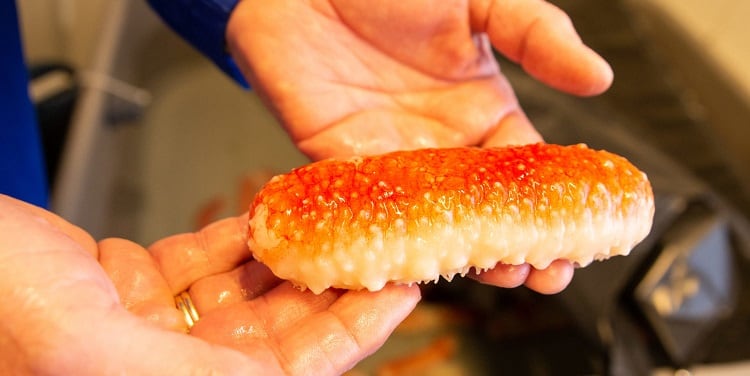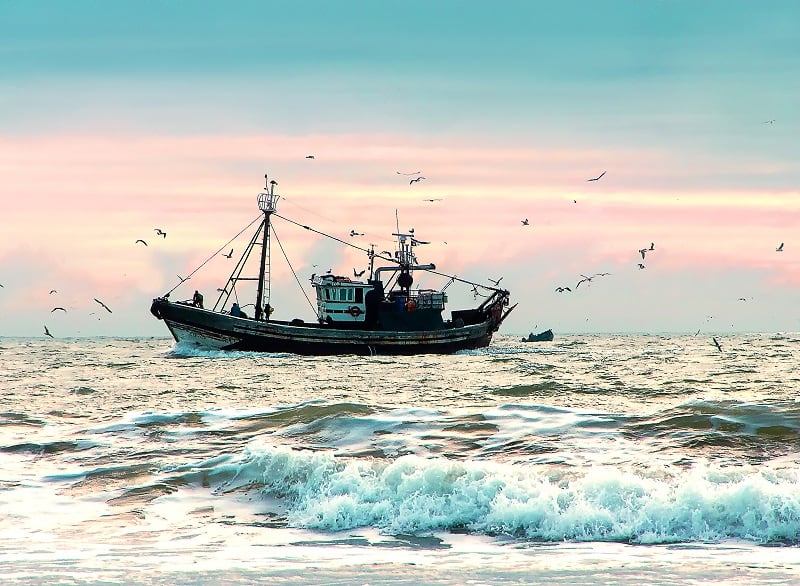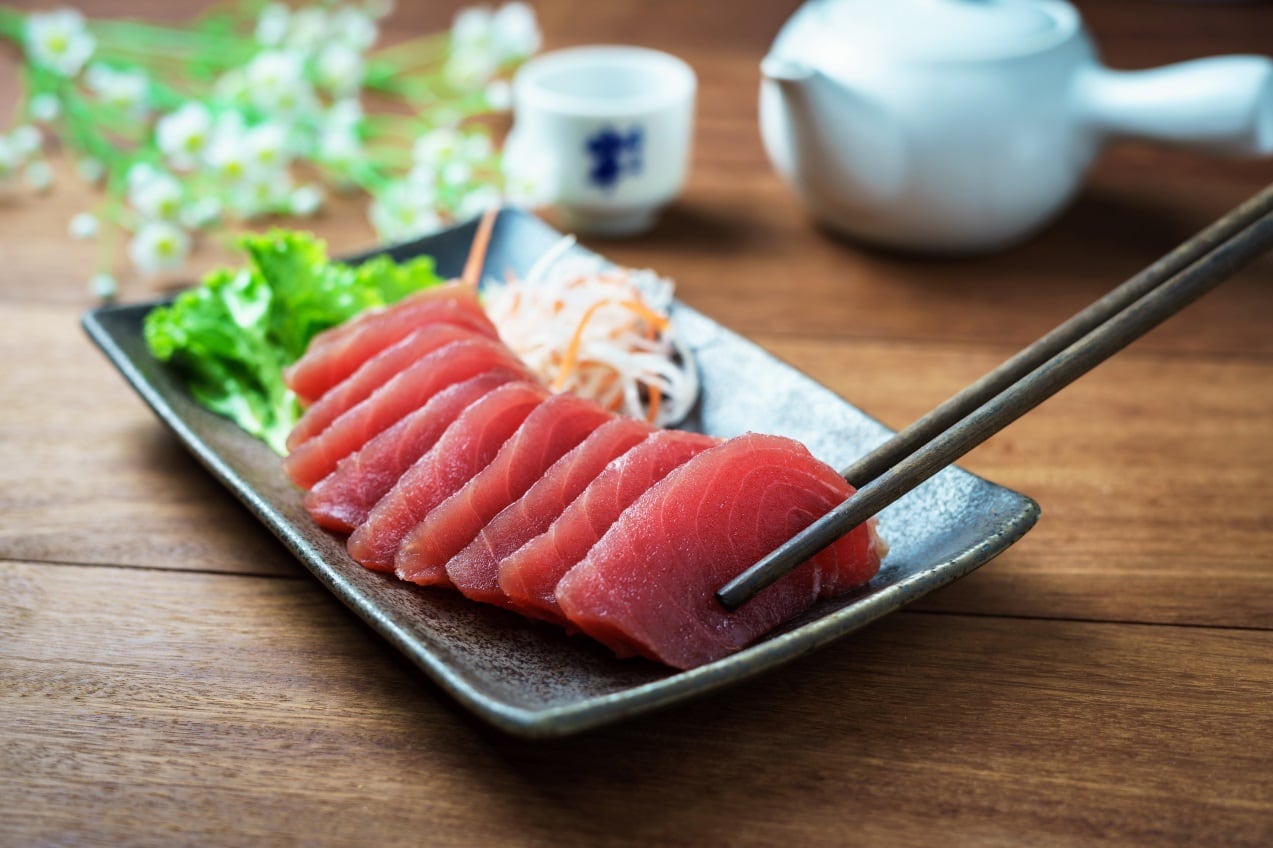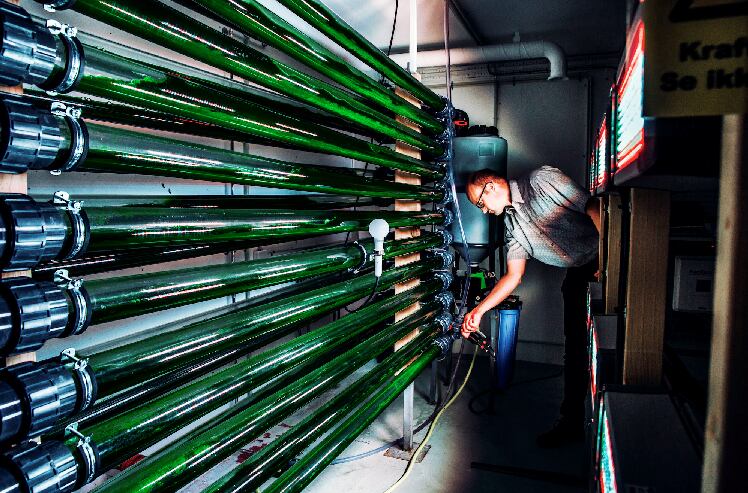Sea cucumbers have long been consumed in Asian countries, where they are dried for use in soups and stir fry dishes, or pickled.
Conversely, sea cucumbers are rarely eaten in the western world. According to researchers in Norway, the marine animals are regarded a so-called superfood, and if commercially farmed, have the potential to serve as a natural, functional ingredient for food products.
Why eat sea cucumbers?
Sea cucumbers, named as such for their resemblance to the fruit of the cucumber plant, are marine animals found on the sea floor around the world. Technically echinoderms, from the class Holothuroidea, sea cucumbers have an elongated body covered in a leathery skin.
These organisms are a ‘potential source’ of high value-added compounds with therapeutic properties, such as triterpene glycosides, carotenoids, bioactive peptides, vitamins, minerals, fatty acids, collagens, gelatins, chondroitin sulfates, amino acids. Further, sea cucumbers are high in protein and low in lipids.
And in recent years, their medicinal value have been analysed – with promising results – for their wound healing, neuroprotective, antitumor, anticoagulant, antimicrobial and antioxidant properties.
From a nutritional standpoint, researchers in Norway claim sea cucumbers are ‘internationally known as a superfood’. Yet many species are threatened with extinction.
Farming of these organisms has therefore become a ‘hot topic’, according to scientists at SINTEF Ocean’s Sea Lab in Trondheim, who want to commercial farm sea cucumbers on land.
Farming challenges
One of the key challenges facing the scientists concerns sea cucumber reproduction. Similarly to fish, female sea cucumbers produce eggs that are fertilised by male sperm in water. Once hatched, the larvae ‘free-swim’ for a short time before settling on the ocean floor.
Sea Lab’s sea cucumbers have been living in tanks for two months, and the aim of the project is for the marine animals to produce offspring during the 2020 season.
“No one has yet succeeded in getting our sea cucumbers to spawn and produce larvae that have developed into adults,” said researcher at SINTEF Ocean, Norway, Jan Ove Evjemo.
“Our main challenge is to get the animals to spawn and then identify effective ways of feeding the larvae. This is the exciting aspect of our work.”
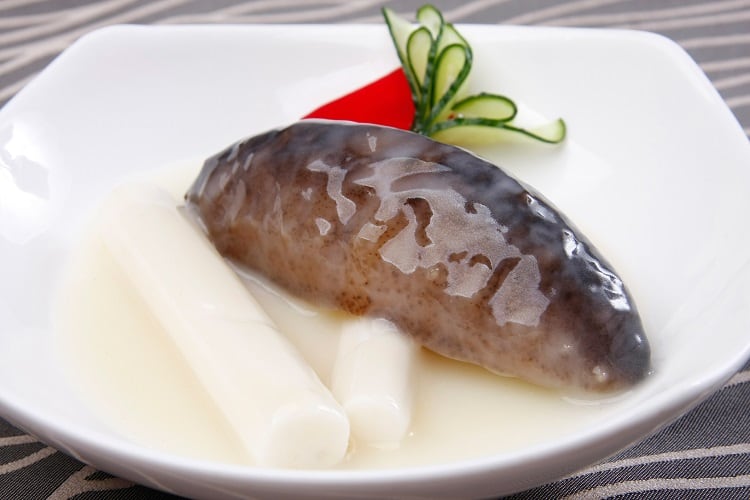
The researchers are trying out several farming techniques practiced in the Far East. “Our plan is to get the animals to spawn by exposing them to a variety of environmental stresses,” Eviemo explained.
Experiments will involve testing variations in physical and chemical parameters, such as water flow and quality as well as temperature and light. “By testing these different parameters, I believe we will find a successful combination,” he continued.
As sea cucumbers contain a healthy amount of eggs and sperm, the researchers noted they are not required to have a ‘particularly large’ broodstock to generate high levels of production.
“This assumes that we are successful in developing a method for feeding newly-hatched larvae quickly enough, and that we optimise the process such that we achieve adequate levels of survival and growth of the animals to harvestable size.”
Ingredient potential
In the ocean, sea cucumbers can grow up to 50cm in length. In a controlled land-based system, the researchers predict the organisms will grow faster than they do in the wild.
Once they successfully spawn on land, the long-terms plan is to scale farming facilities. By constructing an on-shore aquaculture facility, the team believes sea cucumbers could be farmed to ‘marketable’ size.
“Sea cucumbers can be exploited both as a food, and as a raw material for health products,” said Evjemo, adding that “in China, it is common to see them served in restaurants, primarily because of their health benefits”.


